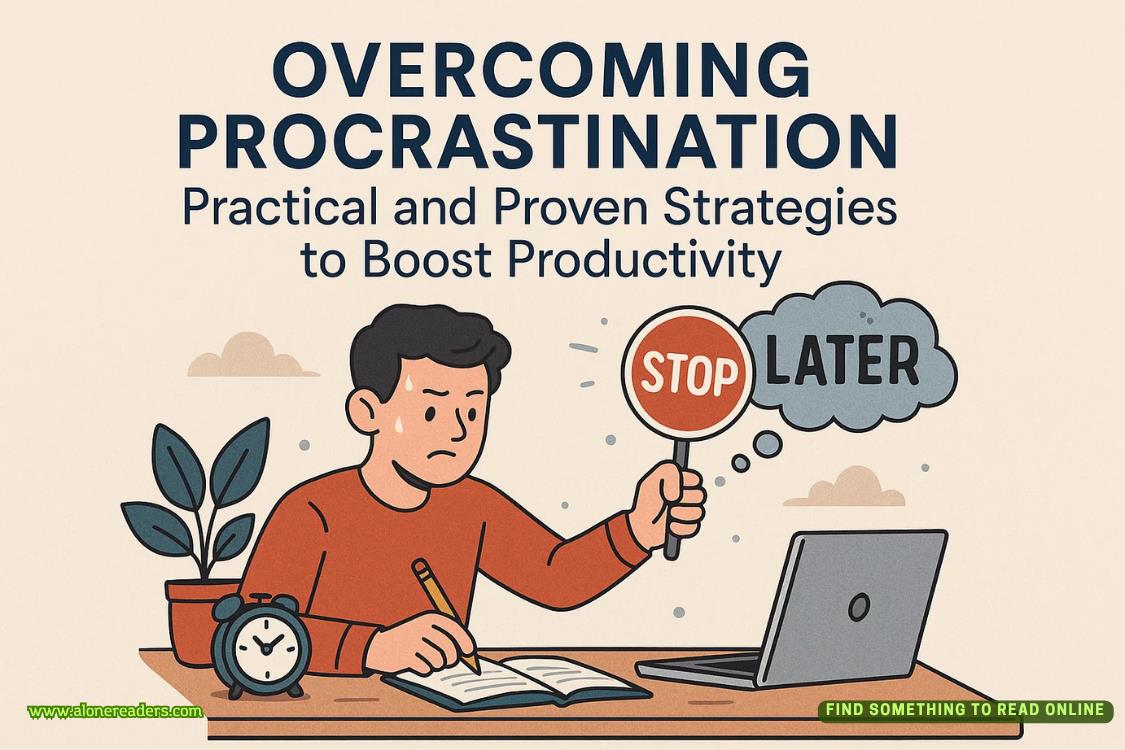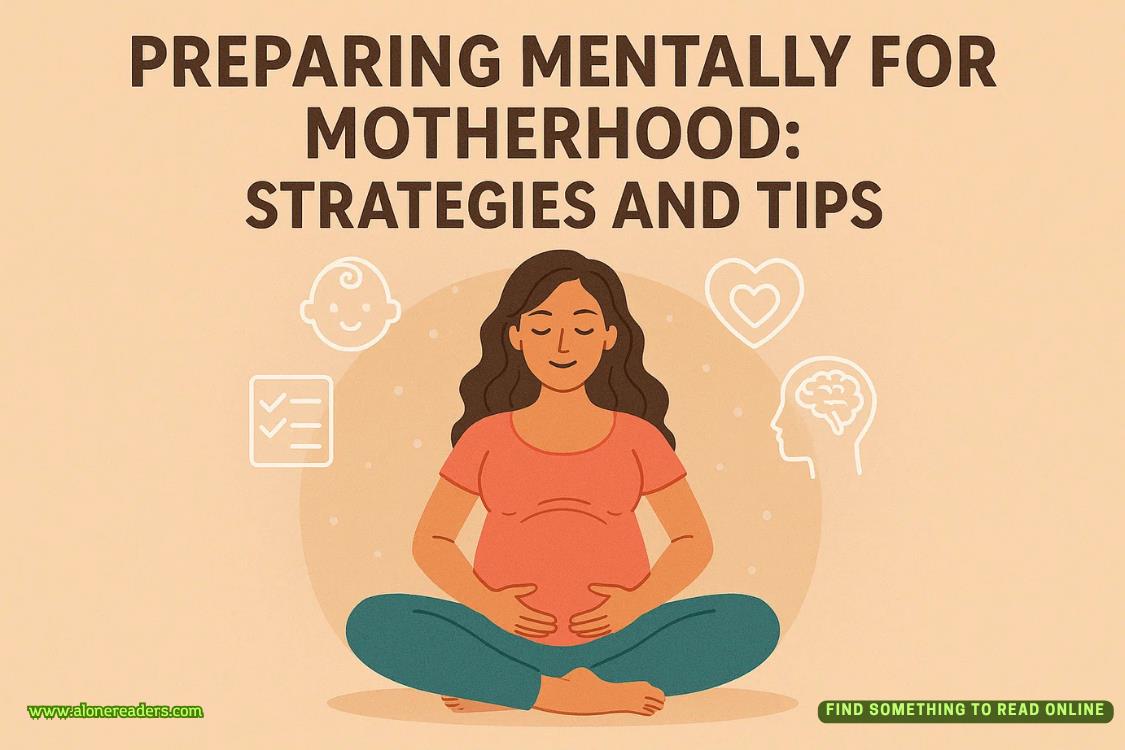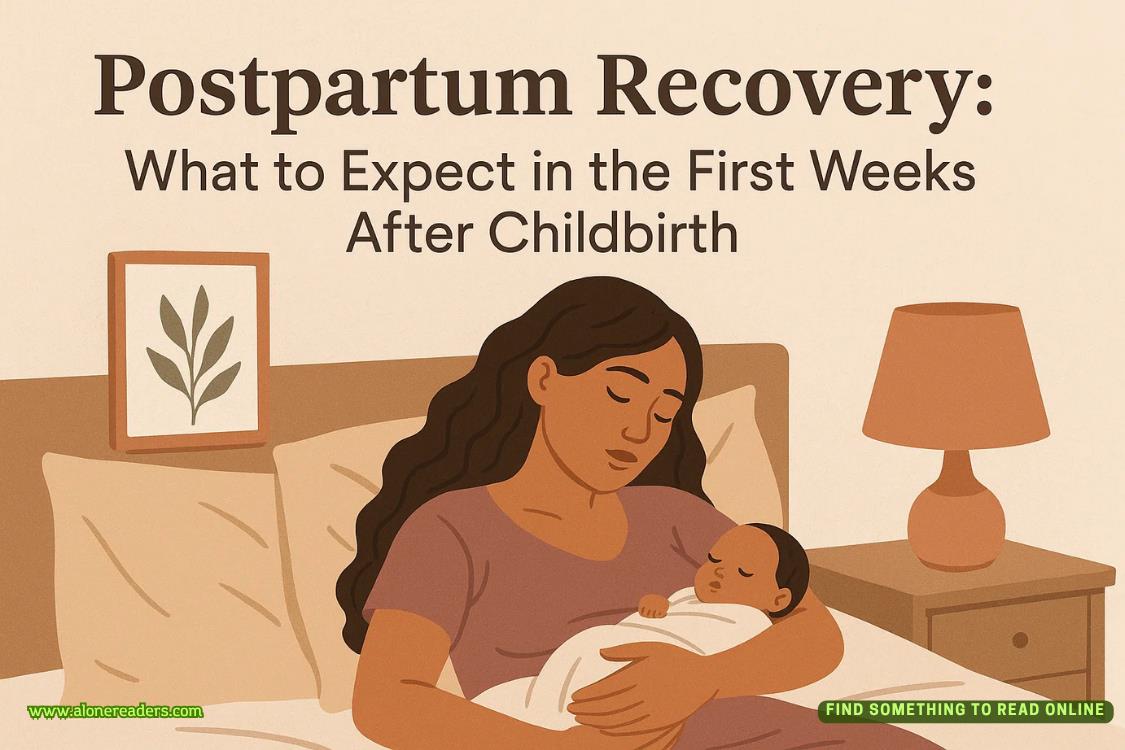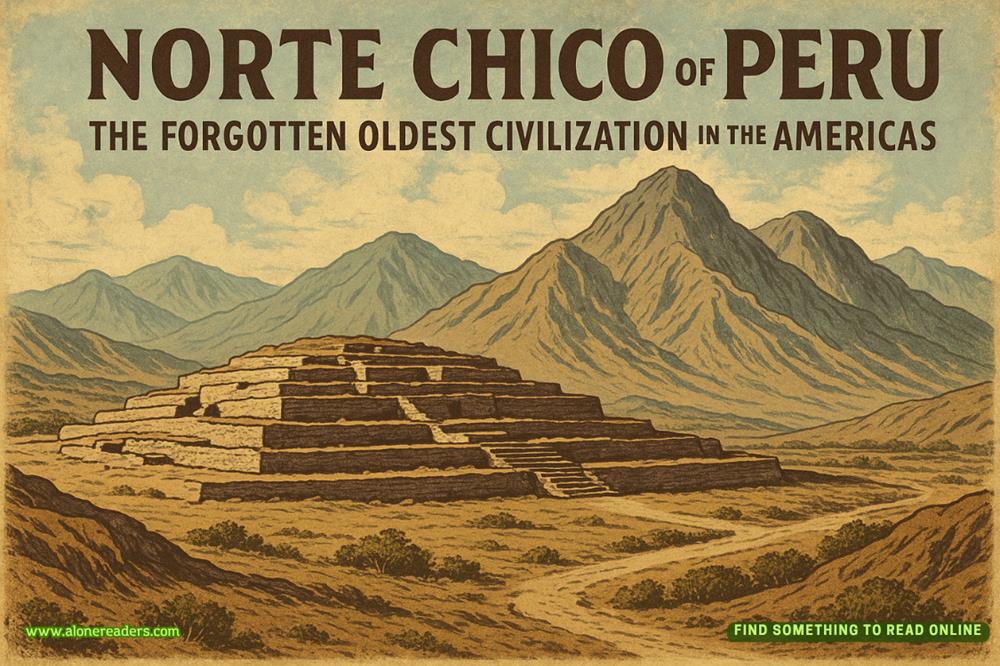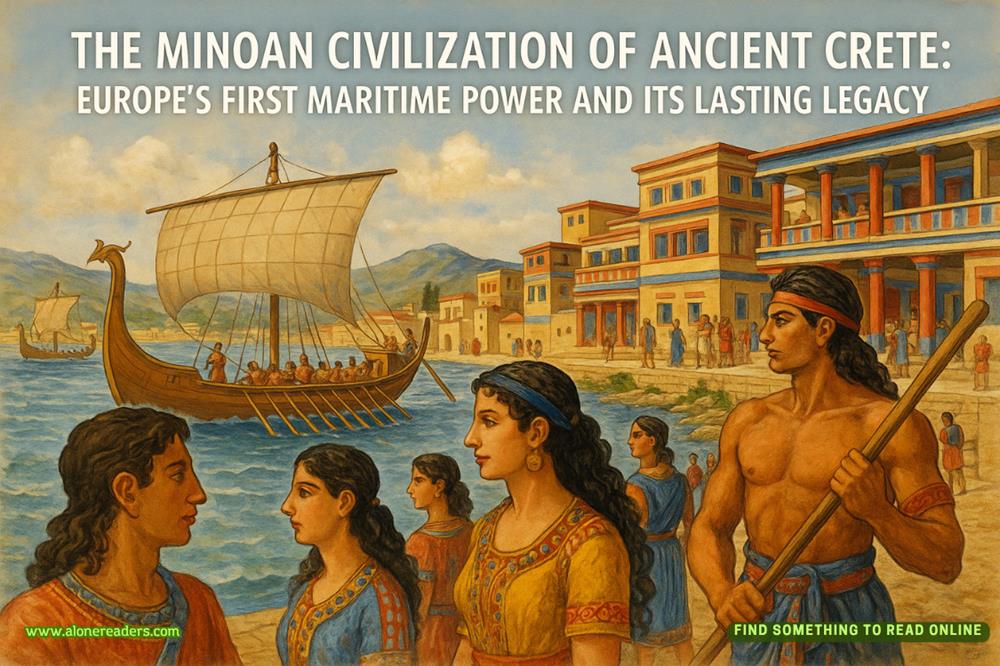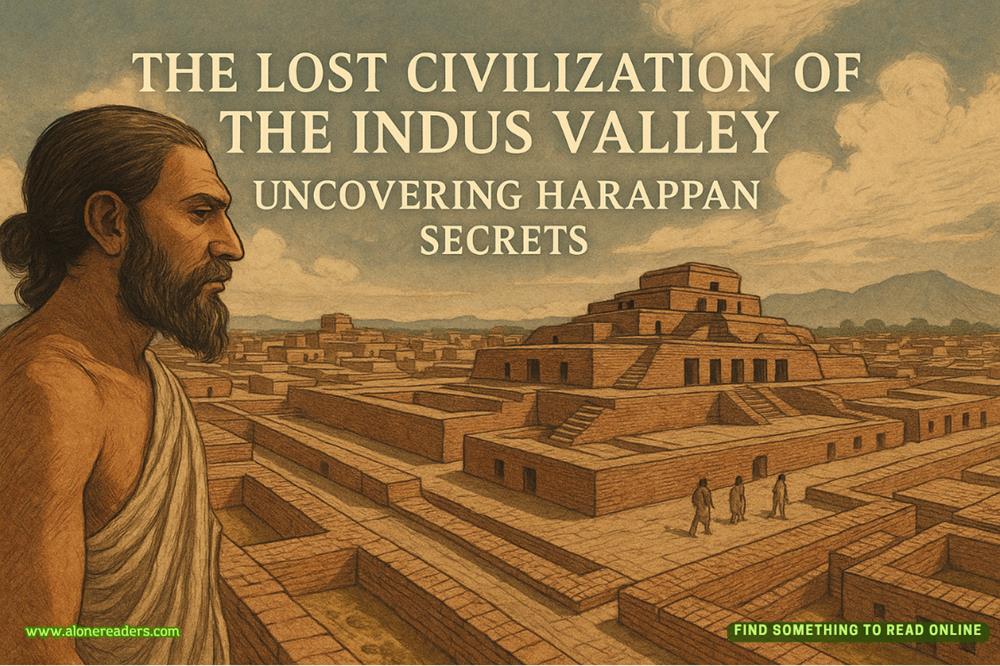Page 85 of Survive the Night
Still no answer. The only sign that Marge can even hear her is a mean look she flashes Charlie in the rearview mirror. A scowl, but angrier.
Another thing Charlie can see is a change in Marge’s hair. That high hairdo now sits slightly askew atop her skull.
A wig.
It shifts again when Marge abruptly cuts the wheel to the left, veering the Cadillac onto a side road half-hidden by trees. Up ahead, Charlie sees a large sign dominating the roadside. Two spotlights sit beneath it, both of them dark. Still, there’s enough moonlight for her to make out what it says.
Mountain Oasis Lodge.
Charlie recognizes the name. It’s the same lodge that was on the billboard they passed on the interstate. Like that ragged billboard, the sign has seen better days. The “O” in Oasis is missing, leaving only a phantom letter standing out against the sun-bleached paint around it.
Beyond the sign, a chain lies limp across the road. Attached to it, lying flat against the ground, is another sign.
NO TRESPASSING
Marge keeps driving, tires crunching over the chain.
The forest is thick here—a dense expanse of evergreens that climb the mountainside. Through the trees, Charlie gets glimpses of a large structure perched halfway up the mountainside. Accompanying them is the whoosh of rushing water from somewhere nearby. Soon the forest clears and the Mountain Oasis Lodge stands before them in all its decrepit glory.
The billboard on the interstate didn’t do it justice.
The lodge isbig. An ungainly stack of windows, walls, and exposed timbers that stretches five stories from stone foundation to slate roof. It sits atop a ridge, balanced precariously, like a set of Lincoln Logs about to crumble. Next to it, a wide creek flows past the eastern side of the lodge before tumbling over a cliff into a ravine fifty feet below.
It was all probably beautiful once. Now it just looks eerie. Sitting dark and silent atop the ridge, pale in the moonlight, the lodge reminds Charlie of a mausoleum. One filled with ghosts.
During the approach, the car crosses a bridge spanning the ravine at the base of the waterfall. The bridge is narrow, with only a low wooden railing to prevent cars from crashing into the drink, and so close to the waterfall that spray from the cascade spatters the windshield as they pass. Charlie looks out the window and sees dark water swirling roughly ten feet below them.
On the other side of the bridge, the road begins its ascent, taking a path so twisted it might as well have been carved by an apple peeler. Taking turn after winding turn, the Cadillac slowly climbs the mountainside.
Instead of another wooden railing, one bend in the road that comes close to the waterfall is lined by a fieldstone wall that follows the curve. When Marge steers through it, more spray smacks the windows.
After two more sharp turns, the Caddy reaches the top of the ridge. There the road bends again, this time curving into a loop directly in front of the lodge. In its heyday, there must have been a constant stream of cars circling this roundabout. Now it’s just them, pulling under an entrance portico, where Marge slams the brakes and cuts the engine.
“Why are we here?” Charlie says.
“To talk.”
Marge scratches her scalp, two fingers burrowing beneath the wig, making it slip back and forth atop her head. Rather than straighten it again, she yanks off the wig and tosses it into the passenger seat, where it sits in a furry clump like a dead animal. Marge’s natural hair is bone white and sprouts from her scalp in thin, thistly patches a millimeter high.
“You’re sick,” Charlie says, shifting tones, hoping sympathy will soften Marge.
It doesn’t. Marge grunts out a single, bitter laugh and says, “No shit.”
“Cancer?”
“Stage four.”
“How long do you have?” Charlie says.
“The doctor says weeks, maybe. Two months, if I’m lucky. As if any of this is lucky.”
Despite being at what Charlie assumes to be their final destination, Marge makes no move to leave the car. Charlie hopes it means she’s having second thoughts about doing whatever it is she has planned, possibly because they’re engaged in conversation and not locked in silence. She takes it as a sign to keep talking.
“How long have you had it?”
“A long time, apparently,” Marge says. “When the doctors caught it is a different story.”
“Is that why you’re doing this? Because you know you don’t have much time left?”

